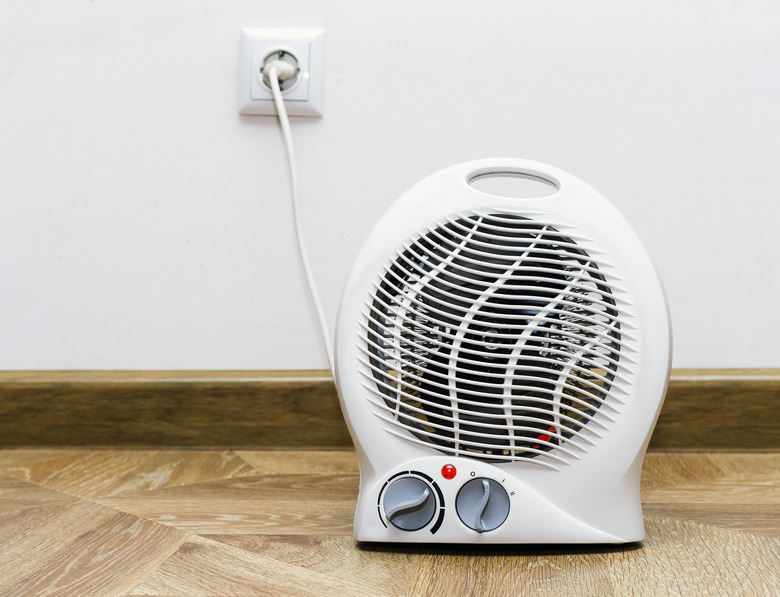How Do Catalytic Heaters Work?
Catalytic heaters are extremely common at work sites, in engines and in space heaters. They work by introducing a catalyst to existing chemical reactions, thereby speeding them up. While this sounds like an extremely complex process, the truth of the matter is that inserting a catalyst doesn't require great leaps of chemistry to be done correctly.
Catalytic Heater Basics
Catalytic Heater Basics
When it comes to catalytic heaters, the chemistry is fairly basic. The catalyst itself cannot alter the chemical process into which it has been introduced. Instead, it makes that process faster. The speeding up of a chemical process is what causes heat. Typically, a catalyst is made from platinum or platinum-like metals such as rhodium or palladium.
How Catalytic Burners Work
How Catalytic Burners Work
Catalytic burners are in essence the same as any other catalytic heater. A catalyst, typically metal, is inserted into a chemical reaction to increase its speed. When chemical reactions speed up, they create heat without producing fire, smoke or even steam. For this reason, they are typically used in environments where flammable items are liable to come into contact with them.
Construction sites and chemical plants have some of the large-scale uses for catalytic heat. They are also often used in areas where condensation from steam would be problematic. For example, a space heater kept under your desk at the office would prevent damage to your papers or computer.
The Science of Catalytic Heaters
The Science of Catalytic Heaters
In essence, catalytic heaters only need three things to work: fuel, oxygen and a catalyst. In most cases, the fuel comes in the form of either natural gas or propane. The catalyst is typically an electrically charged, platinum-coated plate.
In a typical catalytic heater setup, natural gas or propane will sit inside of the heater up against platinum or platinum-type metal. By turning on the heater, you charge the plate, and the electrically charged plate causes the chemical process to speed up. The speeding up of a process creates heat.
Catalytic Heaters and Carbon Monoxide
Catalytic Heaters and Carbon Monoxide
Catalytic heaters do not produce carbon monoxide. This is because they are not creating any gasses. While they can use natural gas or propane, catalytic heaters only speed up their chemical process rather than combust it. Since there is no molecular change to the gas inside of the catalytic heater, no carbon monoxide is created.
This does not mean that your catalytic heater doesn't need fuel to work. Natural gas or propane is still required to run the catalytic process and will have to either have a dedicated line or be replenished on a regular basis. You should not notice a smell from your catalytic heater, and until the gas runs out, they should work nearly immediately and continue to produce heat from the moment they are turned on.
While these heaters do require fuel in the form of propane or natural gas, they are a fairly waste-free way of generating heat. In short, a catalytic gas heater is simply a type of catalytic heater or burner. Many of them are easily portable and can be used at campgrounds (like a Coleman camp fuel heater or a Mr. Heater), under a desk or to keep your pipes from freezing during the winter.
Propane Heaters and Carbon Monoxide
Propane Heaters and Carbon Monoxide
Some propane heaters may give off carbon monoxide. Still, some are enclosed systems that can be used safely inside your home. It is important to understand that a propane heater is not necessarily a catalytic heater.
When burned, propane will give off carbon monoxide. If such a heater is brought inside, it can cause carbon monoxide poisoning. To ensure that your propane heater is safe to use indoors, check the packaging and the device. Both should be clearly labeled to tell you about their intended use.
